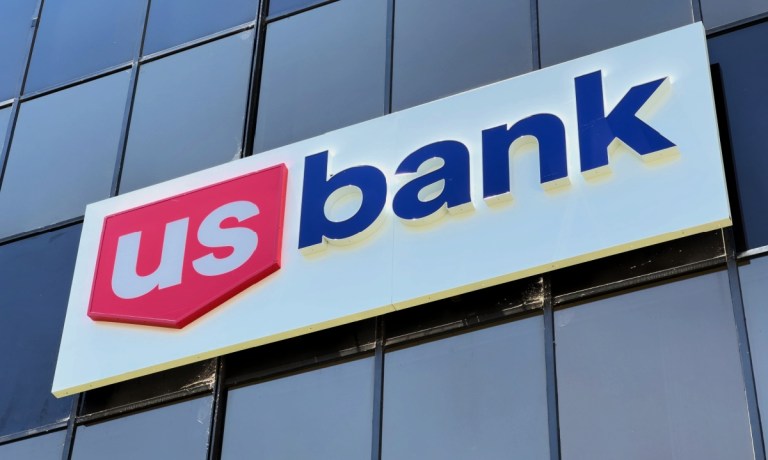US Bancorp Sees Stable Card Delinquencies and Commercial Revenue Boost

US Bancorp’s latest quarter showed continued growth in card balances, resilience in what it has termed its “differentiated business model” and credit quality metrics that were in line with expectations.
CEO Andrew Cecere said on the conference call with analysts that the company experienced “good momentum across several fee business initiatives,” and added that net charge-off ratios and late stage delinquency metrics “were all relatively stable compared with the second quarter levels.”
Drilling down a bit, said the CEO, US Bancorp notched “good year over year growth” in payment services. The earnings materials noted that commercial products revenue growth was 12.1% and payments services revenues were up 3.1%.
Investors bid the shares up 4.9% at the open on Wednesday (Oct. 16).
The earnings supplementals indicated corporate payment products revenues were $203 million in the most recent, third quarter. Revenues from merchant processing services stood at $440 million, where that segment had contributed $427 million in the year ago third quarter.
CFO John Stern said on the call that within its retail segment, higher credit card loan balances and improved revolver rates “drove more favorable loan mix and margins.” The overall quarter’s average balances on its card loans were 2.3% higher year on year in the third quarter to just under $29 billion, while the company looks toward a fourth-quarter net charge-off ratio that should remain “relatively stable” compared to the third quarter. Card-related credit metrics indicated the net charge-off rate decreased to 4.1% in the latest quarter from the second quarter’s 4.5%, but was above the 3.3% seen last year. Delinquency rates have reflected “normal seasonal patterns,” according to company materials.
Cecere said in further remarks on the call that “recent industry headwinds” are becoming “tailwinds and we [are] realiz[ing] the benefits of our now run rate investment spend on industry leading digital capabilities, integrated payment solutions, and continued technology modernization,” and the CFO said in the Q and A that the firm will see growth in its payments business in the fourth quarter as corporate spending increases.
Organic Growth Over M&A
Asked on the call about the potential for mergers and acquisitions, management indicated that large bank M&A is not a priority for the firm, which will instead be focused on organic growth.
“In the role,” said Cecere, “what you do is prioritize against the opportunity set you have front of you, and our organic growth opportunities are far more important and much more tangible to us right now … the M& A environment is just so uncertain right now, that would not be a good place to focus our efforts.”
Branch as Growth Engine
Gunjan Kedia, president, said on the call that growth efforts are also “anchored around the branch,” as the brick-and-mortar settings and digital capabilities within those setting help drive brand recognition.
“Our strategy focus is to create density in the highest growth areas within our current footprint rather than use branches to expand out of our footprint,” she said.